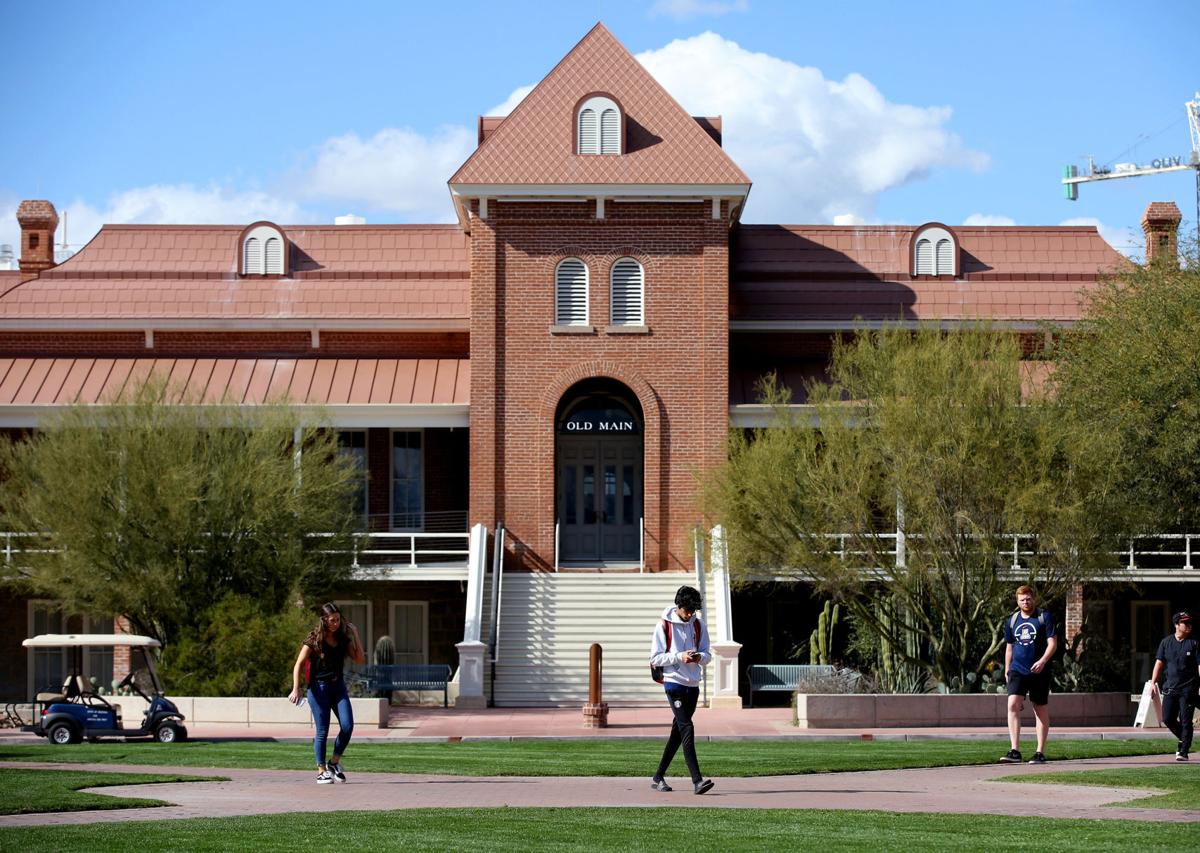The University of Arizona has been named one of Forbes’ “Best Employers for Diversity,” making it one of only four businesses in the state included in the 2020 national list.
Ranked No. 241 out of 500, the UA was among only 30 other educational institutions to earn the recognition, based on employers of 1,000 or more people. The list, in part, is based on employers with “the most proactive diversity and inclusion initiatives,” according to Forbes’ website.
The university administration says it has made strides in serving more than 16,500 employees, more than 54% of whom are women and nearly half identifying as a minority, according to 2019 statistics recorded by the school.
In 2018, the UA launched the Inclusive Leadership Program to advance leadership efforts in diversity and inclusion, and to develop collaborations among university leaders. One of the program’s aims is to “meet a growing demand for leadership development opportunities for UA employees.” Its workshops are centered on the UA’s values of diversity and inclusion.
“Those of us who work in the diversity and inclusion area are focused on how we ensure we meet the needs of diverse populations on campus, that we continue to create environments where everyone feels welcome on campus and a valued member of the campus community,” said Teresa Graham Brett, assistant vice provost of Inclusion and Multicultural Engagement.
“Those are some of the efforts that we’re continuing to focus on here at the University of Arizona that support our designation on the Forbes list,” she said.
At the center of the UA’s vision for “inclusive excellence” is the “recognition and acceptance of the talents, world views, perceptions, cultures and skills” to create a more diverse community.
But despite the efforts to increase diversity among 16,523 employees, areas for improvement remain, such as increasing representation of minorities in the UA’s leadership ranks.
CREATING SPACE FOR ALL
Among the university’s 214 employees in leadership, which includes presidents, provosts, deans, and chief information officers, about 67% are white. Forty-two administrators — about 20% — identify as Hispanic/Latino, up from 15% in 2018. Only three administrators in 2019 were black, seven were Asian and four were American Indian/Alaska Native.
Graham Brett says their focus is working on increasing recruitment and seeking diverse pools of prospective employees.
“All of us as leaders in the institution want to ensure we have recruitment practices that ensure that we have very diverse pools in our applicant pools, that’s certainly part of the efforts that many of us in the institution are focused on,” Graham Brett said, citing the Inclusive Leadership Program as one of the initiatives.
However, the UA’s classified staff or “at-will employees” — who number 5,476, are paid an hourly rate and can often be found in clerical or blue-collar jobs — was made up of 39% Hispanics, up 11 percentage points since 2015. The percentage of white classified staffers — 46% — has declined by about 9 percentage points in the same time frame.
For faculty employees — generally professors and researchers — totaling 3,212, 63% of the group identifies as white. Faculty represented as Hispanic or Latino make up 14% and nearly 9% identify as Asian. Around 4% identify as international. The remaining employees identifying as African American, American Indian and Pacific Islander only consist of 2% of total faculty.
Graduate assistants at UA were the only group, based on race and ethnicity, with a majority identifying other than white. Within the 2,917 assistants, about 35% identified as international and 33% identified as white. Another 24% identified as Hispanic or Latino.
“In a large institution it’s hard to know what everyone is doing. I think that there is institutional leadership and commitment to making sure that we are recruiting diverse pools,” said Graham Brett. “I know what’s happening in our areas, but I think what’s important is that we’re very large and I think that we do a broad range of things that are very specific to particular areas,” Graham said.
Brett said the administration’s plans are to continue collaborating with the university and outside communities to “ensure that we meet all of the aspirations of our community members here on campus, within Arizona and beyond.”





